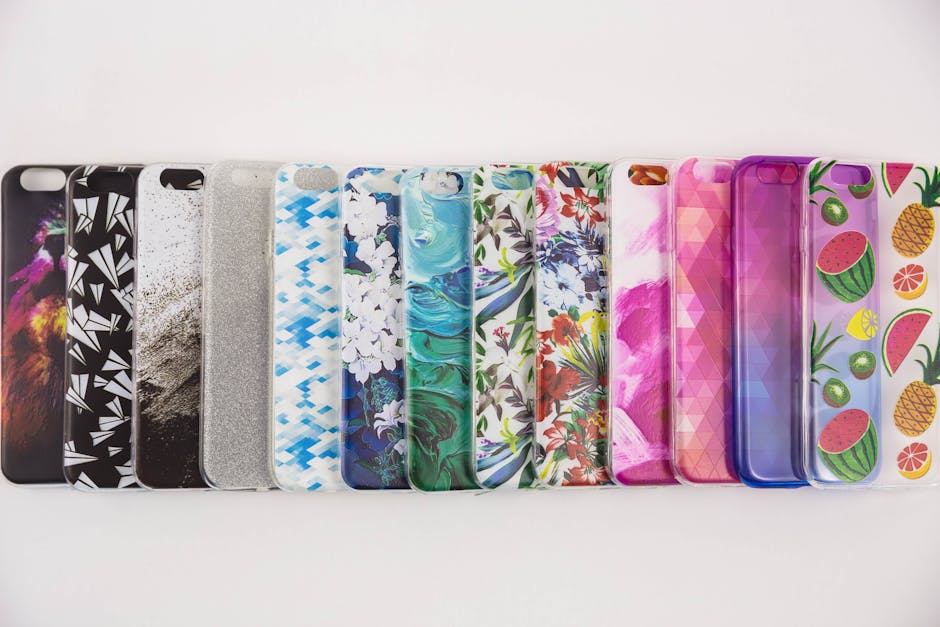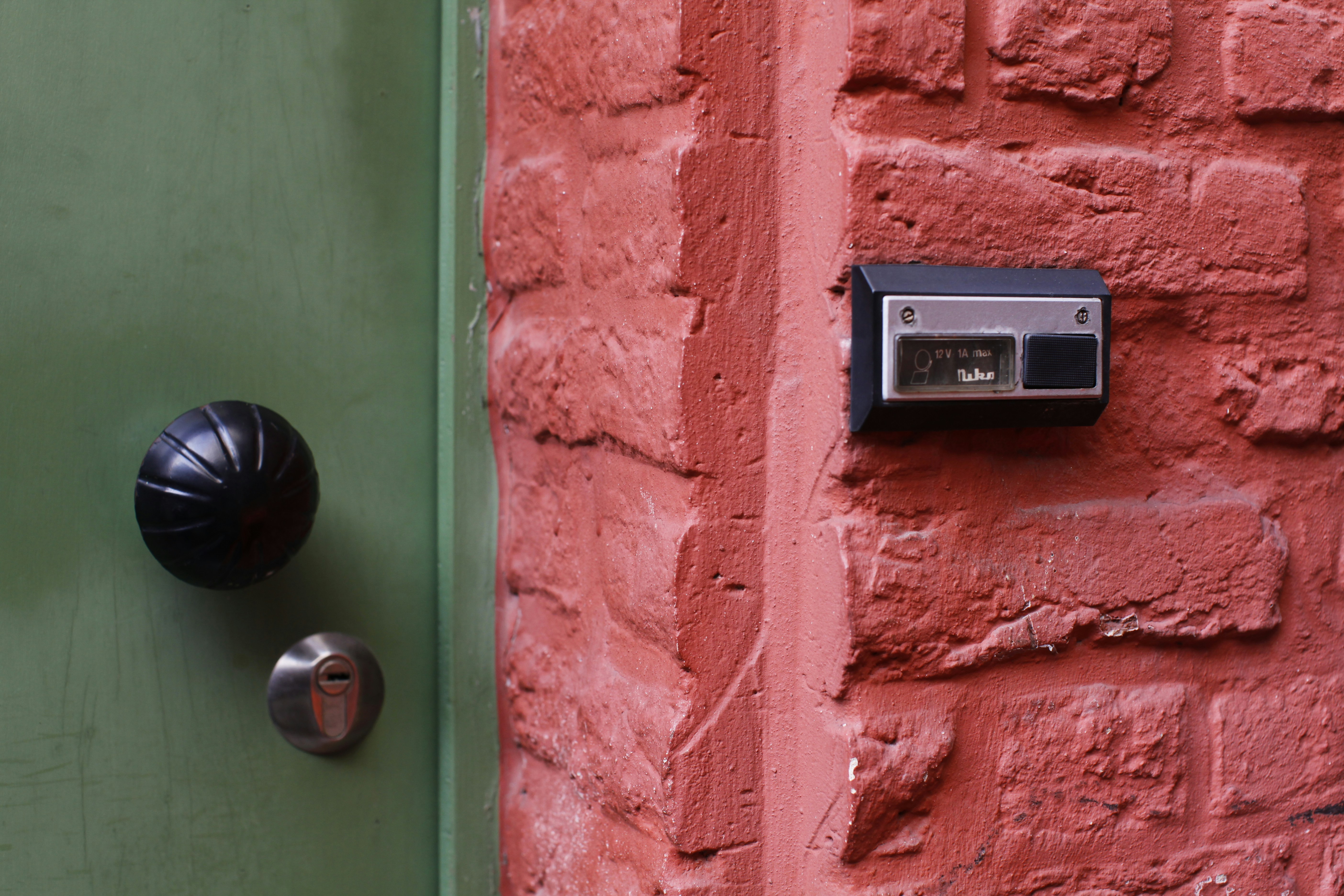The Emotional Connection: How Companion Robots Shape Human Relationships
In 2025, we're no longer alone in our homes; companion robots are changing the way we nurture our relationships. While technology has often been viewed as a barrier to real human interaction, these advanced gadgets are forging emotional connections that challenge our long-held perceptions of companionship. The world of tech gadgets and product reviews is quickly evolving, and the emergence of companion robots is at the forefront of this transformation. Dive into how these intriguing devices are reshaping our emotional landscapes, enhancing our well-being, and reshaping the very fabric of our relationships.
Companionship in the Digital Age

Loneliness in our hyper-connected society is paradoxically on the rise. According to studies published by the National Institutes of Health, nearly 43% of adults in the U.S. report feeling lonely. Enter companion robots: sophisticated gadgets engineered not only to perform tasks but also to provide emotional support and companionship.
These bots are equipped with artificial intelligence (AI) capabilities that allow them to learn and adapt to their human counterparts. They don’t just react; they initiate conversations, respond to moods, and even help manage daily routines. Essentially, they blur the line between technology and genuine companionship.
To discover more about how emotional intelligence plays into our connected devices, check out our article on emotionally intelligent devices.
The Rise of Emotional Intelligence in Robots

The emotional connection capabilities of modern companion robots stem from advancements in AI and machine learning. This evolution allows robots to perceive human emotions through voice, facial cues, and even biofeedback. For instance, if a person is feeling down, some robots can respond with comforting gestures or encouraging words tailored to uplift their spirits.
Robots like the Lovot and Moxie are designed explicitly to evoke emotional responses. Lovot uses playful interactions, while Moxie incorporates educational elements to assist children in developing social skills. It’s heartening to see technology become an ally in emotional development rather than a hindrance.
Further discussing tech's compassionate side, you might want to explore how mood modulation gadgets can elevate emotional well-being.
Changing Family Dynamics and Relationships

Just as technology has changed how we work and socialize, companion robots reshape family dynamics, triggering new conversations about partnership and companionship. More families are adopting these robots to assist elderly relatives or provide companionship to children, effectively transforming conventional family roles.
An elder who uses a companion robot often sees an improvement in mood and overall mental health. For example, the robot may remind them to take medications, engage in conversations about their life experiences, or simply keep them company. This supportive presence can mitigate feelings of isolation that many elderly individuals face. Additionally, children exposed to companion robots gain valuable social skills, learning empathy and emotional intelligence from their interactions.
Curious about how technology is reinventing our homes? Learn more in our article about smart home defenses that work hand-in-hand with these intelligent gadgets.
Companion Robots in Healthcare

In hospitals and nursing homes, robots are also starting to play essential roles. Robots such as Paro, a therapeutic seal created to comfort patients, significantly assist in reducing stress and anxiety. Studies show that patients interacting with such robots report lower levels of pain while recovering.
Moreover, companion robots help healthcare providers by keeping patients company and managing lesser tasks, allowing professionals to focus on more critical aspects of care. In doing so, they not only enhance patient experience but also improve healthcare efficiency.
If you're fascinated by how technology can assist the elderly, you may want to check this comprehensive guide on sensory-sensitive tech making waves in healthcare.
The Role of Companion Robots Across Cultures

As companion robots become more prevalent, their impacts are felt across cultural boundaries. Different societies are utilizing these emotional tech gadgets to tackle distinct issues. In Japan, for example, loneliness among the elderly is prevalent, leading to widespread adoption of robots like Aibo, a robotic dog that provides companionship and fosters joy.
In contrast, in Western countries, companion robots could signify progress in how we view mental health—removing the stigma around emotional AI. This subtle shift is notable, contemplating the future generation's willingness to accept robots as companions without the shadow of judgment.
The future of companionship looks bright as these robots continue to evolve. By integrating seamless technology into social contexts, robots assist rather than disrupt, fostering an inclusive atmosphere for everyone.
Exploring Ethical Considerations

While the innovations in companion robots are undoubtedly exciting, they bring ethical considerations to the forefront. Do these emotional gadgets potentially foster a detached society where genuine human connections weaken? How do we define companionship in a world where emotional support can come from a machine?
There is a valid argument that relying on robots for emotional support may lead us to neglect human relationships. This concern emphasizes the necessity for balance; a companion robot should enhance human relationships rather than replace genuine interaction. Technology has an undeniable role, but it is essential to consistently engage with our fellow humans for a healthier emotional foundation.
The Future of Companion Robots: A Full Circle

As we look towards 2030, one can envision a world where companion robots are not just tools but partners in navigating life’s challenges. New advancements will continue to enable them to understand emotional intricacies better than ever before. The synergy between AI, emotional intelligence, and human relationships results in a future where technology supports our emotional well-being more effectively.
Robots capable of blending into the background while offering support during moments of need will become more commonplace. Imagine a world where every family has a companion robot that not only strengthens relationships but teaches valuable life skills to children—like empathy, resilience, and how to manage personal connections humanely.
For more insight into the technological advancements that shape our emotional connections, delve into our piece on stealth tech and its influence on privacy.
Future Innovations in Companion Robots

While currently available companion robots are remarkable, innovation in this field is evolving rapidly. Expect advancements including enhanced emotional recognition, improved interactive storytelling capabilities, and even augmented reality components that allow robots to project certain environments or experiences for users.
Companies are actively investing in R&D to harness these capabilities better. The next generation of companion robots may seamlessly integrate within homes and communities, creating enriching experiences that address our emotional needs.
For those curious about how tech enhances environmental awareness, discover the innovative world of smart wearables that promote eco-friendliness while enhancing personal connections.
Final Thoughts
Companion robots represent a fascinating intersection of technology, emotional intelligence, and human relationships. As we embrace these tools, we must stay aware of the fine balance between enhancing our connection with technology and maintaining genuine human relationships. By harnessing the power of these gadgets thoughtfully, we can cultivate stronger emotional ties, enhance mental well-being, and foster a future where companionship flourishes—not just in robotics but across all realms of our lives.
Whether you're a technology enthusiast, a caregiver, or simply exploring how to connect with others in this rapidly digitizing world, companion robots are here to stay—ready to redefine companionship with emotional sensitivity and intelligence.



